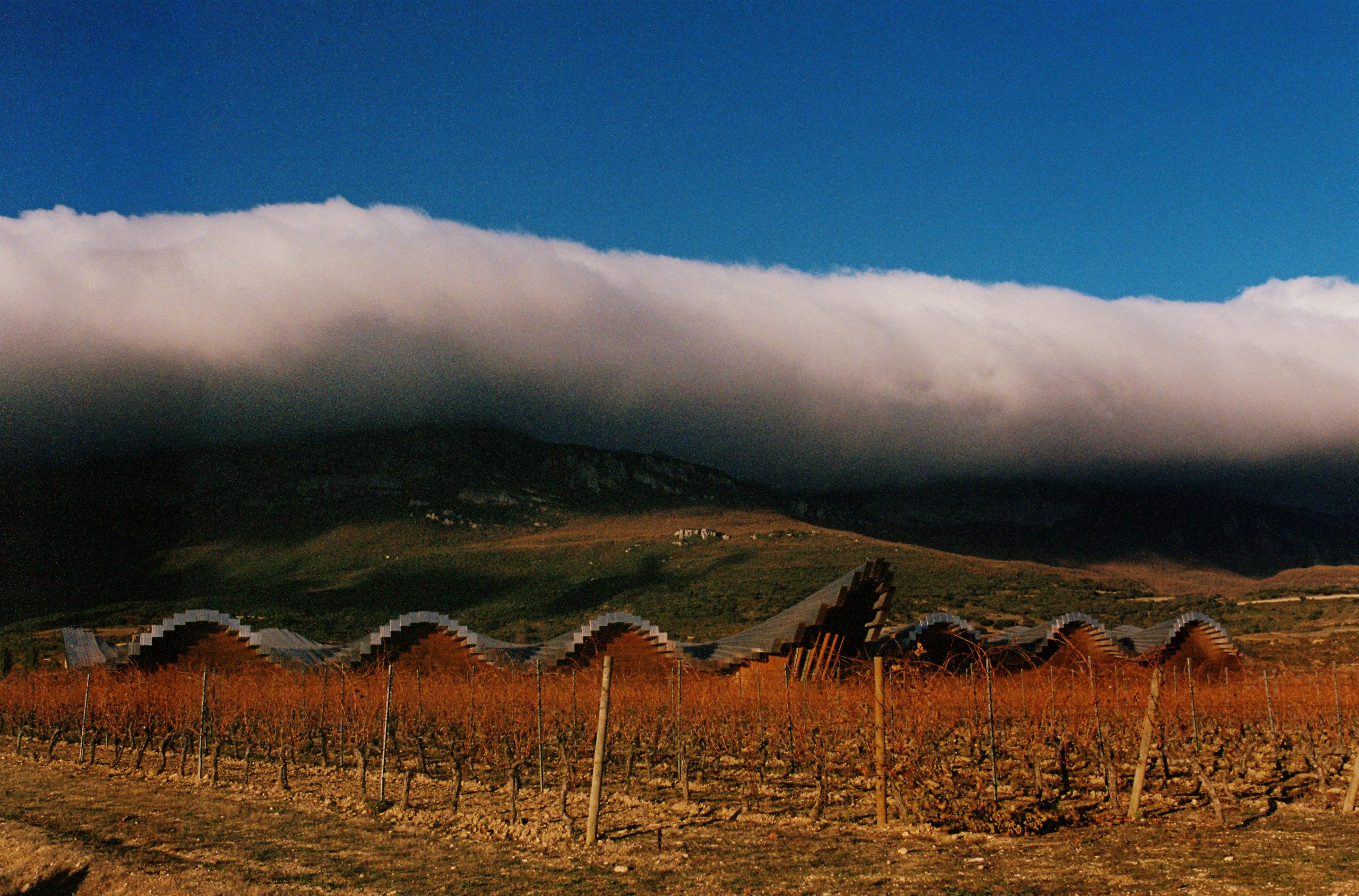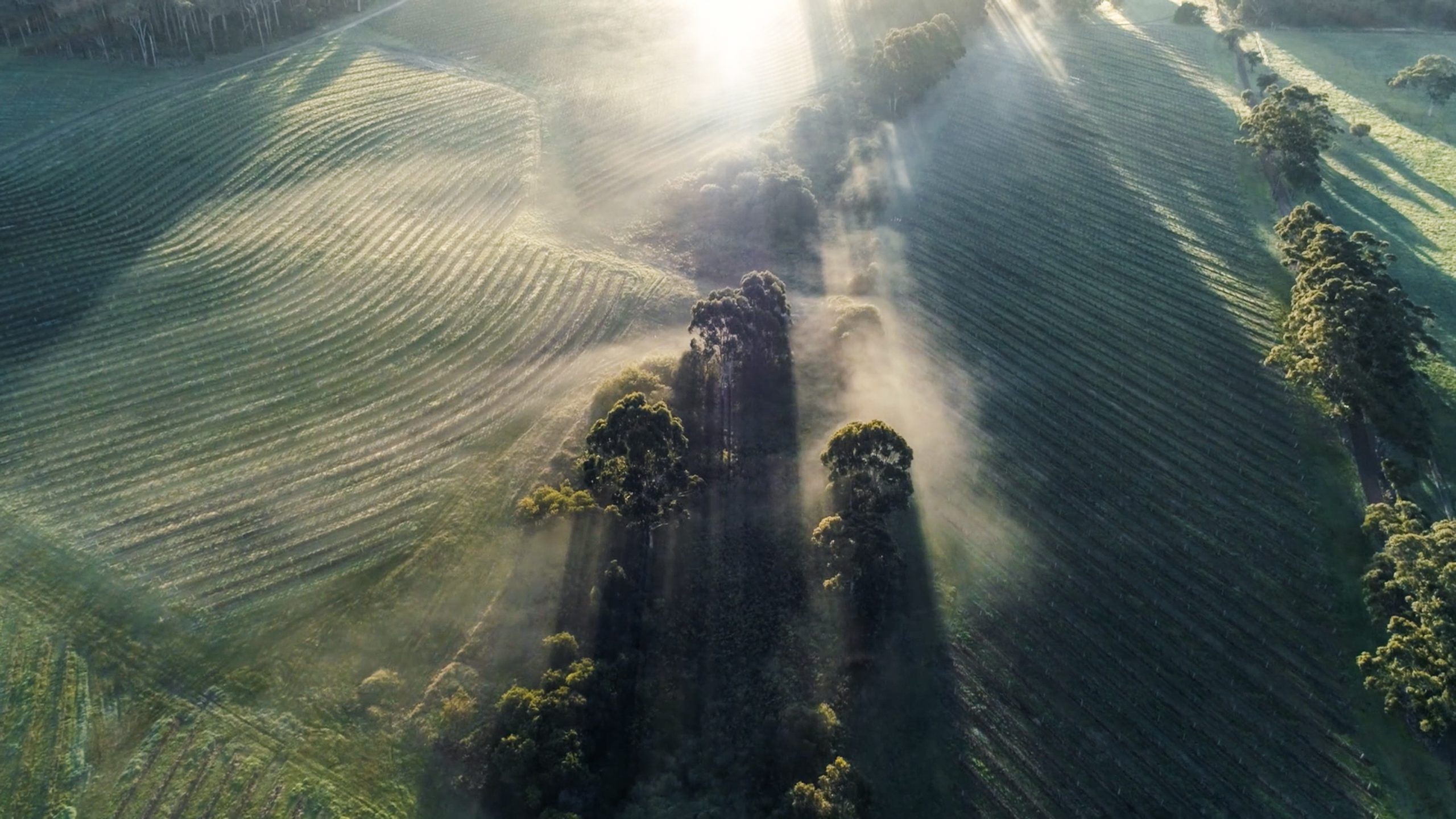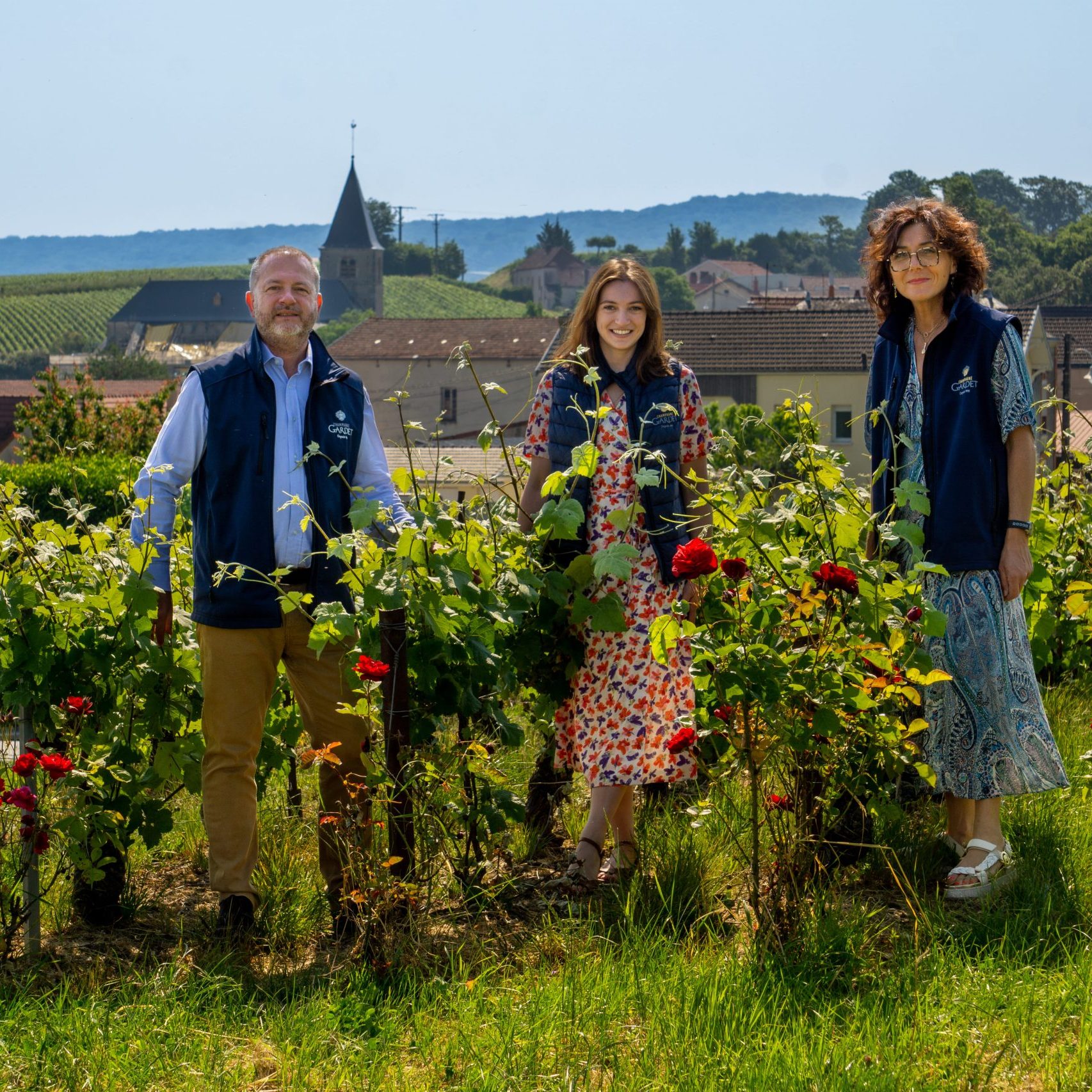Croser: Cabernet a cornerstone for Chile’s future
Australian winemaker and consultant Brian Croser has spoken out in praise of Chilean Cabernet Sauvignon, calling it “a cornerstone for the future of Chilean wine.”
Speaking at the inaugural South American Wine Workshop in London, organised by Santa Rita Estates, Croser said Chilean Cabernet was even more distinctive than Napa Cabernet.
“Chilean Cabernet Sauvignon is completely unique and can’t be replicated. Its unmistakable Cabernet nature is a real advantage for Chile, and a strength to build upon,” Croser said.
“The best examples are subliminal, with grainy tannins that impart a savoury note on the finish,” he added, warning that the big challenge for Chilean vintners is to learn how to tame their tannins. “They’re a long way off at the moment,” he admitted.
Croser believes the uniqueness of Chilean Cabernet comes from the extreme differences between day and night temperatures, which gives the grapes longer to build up pyroxene and phenols, allowing for the steady build up of tannin.
“Chile has recognised the challenge of the Cabernet varieties and the unusually high diurnal range of the terroirs and continues to refine the vineyard management with preveraison leaf stripping and other treatments, creating some of the world’s most unique and distinctive Cabernets with subliminal briarines and evolved savoury tannins,” he said.
He referred to the Cabernet family of grapes, including Cabernet Sauvignon, Cabernet Franc, Merlot and Carmenere as “Chile’s backbone”, calling Cabernet Franc the “mother grape” and imparter of “the green gene.”
Partner Content
“Chile’s fine wine future lies in refining its traditional Cabernet offering from the Central Valley and at the same time exploring what the county’s other terroirs have to offer,” he said, citing Chile’s “matrix of terroir” as having great potential for other noble grape varieties, including Riesling, Syrah, Chardonnay and Sauvignon Blanc.
He also name-checked Temuco as a region to watch, predicting it will become an important place for sparkling wine production.
“The future of Chilean sparkling wine lies in the south, towards the mountains, in drier areas like Temuco. I’m certain there’s a future for Chilean sparkling wine down there, all we need is a producer brave enough to start planting,” he said.
Meanwhile, Chilean wine expert Peter Richards MW spoke out in defence of Carmenere, calling it “a first division grape that speaks of its origins.”
“We have to remember how new it is – I’ve no doubt that quality will increase in time. Lots of different kinds of Carmenere will emerge, as it’s a naturally varied variety,” Richards added.
Tim Atkin MW also defended the grape: “I’m coming round to it, especially in blends. The problem with Carmenere is its green character, which needs to be addressed. The trick is being able to manage the tannin,” he said.





Brian Croser has commented on the post above. “I have been quoted as saying Chile has along way to go with taming the tannins of Cabernet. Rather Chile has recognised the challenge of the Cabernet varieties and the unusually high diurnal range of the terroirs and continues to refine the vineyard management with preveraison leaf stripping and other treatments, creating some of the world’s most unique and distinctive Cabernets with subliminal briarines and evolved savoury tannins. I also included warmer Australian regions (Barossa and McLaren Vale) as producing Cabernets with less varietal distinction than Chile’s Central Valley not just Napa. BJC.
To a large extent this can be considered as a ‘table wine’ from Chile – Central Valley fruit produced in volume and sold at an inexpensive price. Vibrancy all round with upfront raspberry tinged fruit.